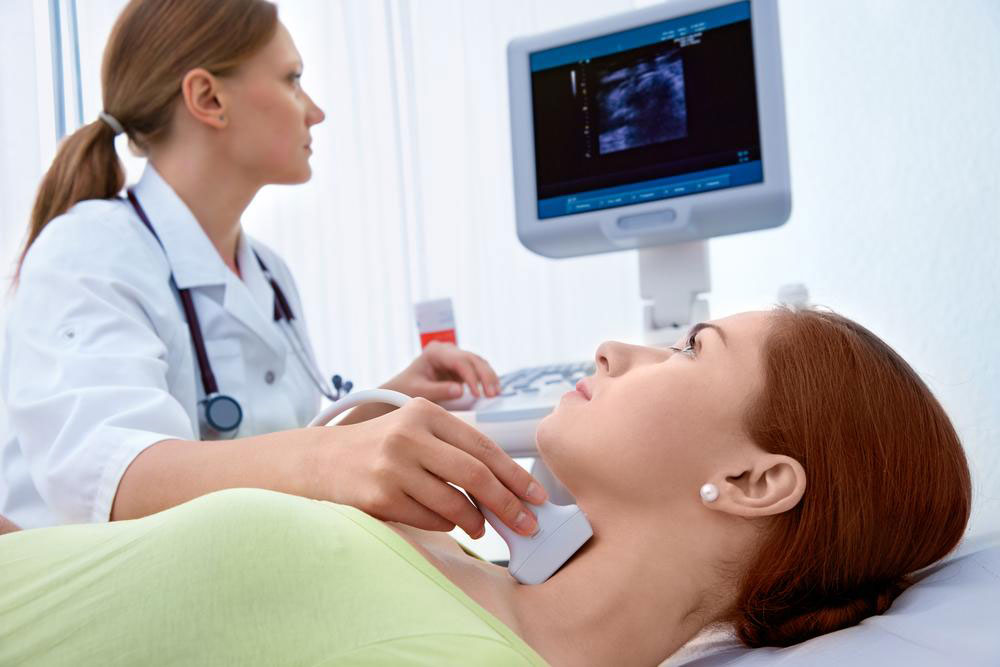Understanding Head and Neck Cancers: Symptoms and Signs to Watch For
This article provides an overview of head and neck cancers, highlighting various types and their symptoms. Recognizing early signs like persistent pain, lumps, and facial changes can lead to timely diagnosis. Understanding these indicators helps patients seek prompt medical attention, improving prognosis and treatment options.

Understanding Head and Neck Cancers: Symptoms and Signs to Watch For
Cancers affecting the head and neck regions are common worldwide, alongside other prevalent types like breast and lung cancers. These cancers can develop in various areas, including the mouth, throat, sinuses, salivary glands, and neck tissues. Recognizing early symptoms is crucial for timely diagnosis and treatment, improving outcomes and survival rates.
• Types of Head and Neck Cancer: Conditions such as oral (mouth) cancers, throat cancers, sinus tumors, salivary gland cancers, and other neck growths fall under this category. Each type may exhibit distinct signs.
Understanding the symptoms associated with different head and neck cancers allows for early detection and effective management.
• Oral (Mouth) Cancer: Often linked to persistent smoking, alcohol use, or substance abuse, it manifests as ongoing mouth pain, lumps, ulcers that do not heal, bad breath, and unexplained weight loss. It's important to consult a healthcare professional if these symptoms persist.
• Throat Cancer: Symptoms include painless neck lumps, headaches, nasal congestion, ringing in the ears, noisy breathing, weight loss, and bad breath. These signs may become more apparent as the disease advances.
• Sinus Cancer: Signs vary by affected sinus but can include loose teeth without cause, pain behind the teeth and nose, nosebleeds, headaches, numbness, and facial pain or swelling, especially around the cheeks.
• Salivary Gland Cancer: Early symptoms often involve facial swelling, drooping on one side, difficulty swallowing, and ear pain. Recognizing these early can significantly impact treatment success.










